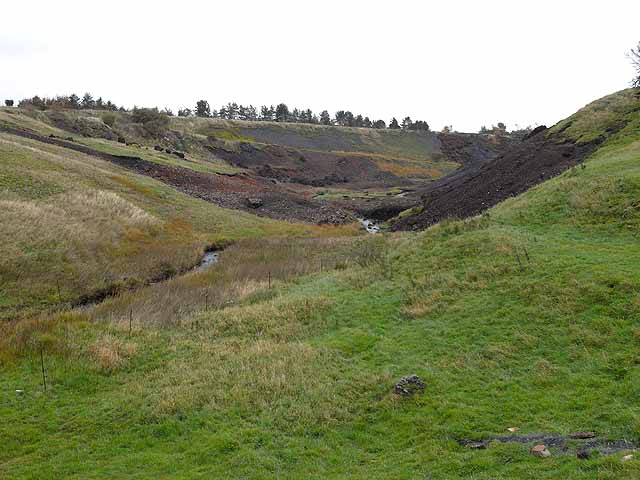Spelter on:
[Wikipedia]
[Google]
[Amazon]
 Spelter is a
Spelter is a
German Art Deco Spelter Lamp
Zinc Zinc alloys Lead alloys Brass {{Industry-stub
 Spelter is a
Spelter is a zinc
Zinc is a chemical element with the symbol Zn and atomic number 30. Zinc is a slightly brittle metal at room temperature and has a shiny-greyish appearance when oxidation is removed. It is the first element in group 12 (IIB) of the periodi ...
–lead alloy
An alloy is a mixture of chemical elements of which at least one is a metal. Unlike chemical compounds with metallic bases, an alloy will retain all the properties of a metal in the resulting material, such as electrical conductivity, ductili ...
that ages Ages may refer to:
*Advanced glycation end-products, known as AGEs
*Ages, Kentucky, census-designated place, United States
* ''Ages'' (album) by German electronic musician Edgar Froese
*The geologic time scale, a system of chronological measuremen ...
to resemble bronze
Bronze is an alloy consisting primarily of copper, commonly with about 12–12.5% tin and often with the addition of other metals (including aluminium, manganese, nickel, or zinc) and sometimes non-metals, such as phosphorus, or metalloids suc ...
, but is softer and has a lower melting point
The melting point (or, rarely, liquefaction point) of a substance is the temperature at which it changes state from solid to liquid. At the melting point the solid and liquid phase exist in equilibrium. The melting point of a substance depen ...
. The name can also refer to a copper–zinc alloy (a brass
Brass is an alloy of copper (Cu) and zinc (Zn), in proportions which can be varied to achieve different mechanical, electrical, and chemical properties. It is a substitutional alloy: atoms of the two constituents may replace each other wi ...
) used for brazing
Brazing is a metal-joining process in which two or more metal items are joined together by melting and flowing a filler metal into the joint, with the filler metal having a lower melting point than the adjoining metal.
Brazing differs from ...
, or to pure zinc.
Etymology
In hisetymology
Etymology () The New Oxford Dictionary of English (1998) – p. 633 "Etymology /ˌɛtɪˈmɒlədʒi/ the study of the class in words and the way their meanings have changed throughout time". is the study of the history of the form of words ...
of the English language, 19th-century philologist
Philology () is the study of language in oral and written historical sources; it is the intersection of textual criticism, literary criticism, history, and linguistics (with especially strong ties to etymology). Philology is also defined ...
Walter William Skeat
Walter William Skeat, (21 November 18356 October 1912) was a British philologist and Anglican deacon. The pre-eminent British philologist of his time, he was instrumental in developing the English language as a higher education subject in th ...
speculated that the word pewter
Pewter () is a malleable metal alloy consisting of tin (85–99%), antimony (approximately 5–10%), copper (2%), bismuth, and sometimes silver. Copper and antimony (and in antiquity lead) act as hardeners, but lead may be used in lower grades ...
might have been derived from spelter.
Zinc–lead spelter
An inexpensive alloy that is easilycast
Cast may refer to:
Music
* Cast (band), an English alternative rock band
* Cast (Mexican band), a progressive Mexican rock band
* The Cast, a Scottish musical duo: Mairi Campbell and Dave Francis
* ''Cast'', a 2012 album by Trespassers William
...
and worked, spelter was used from the 1860s in the manufacture of candlesticks, clock cases, tableware, and light fixtures. In the early 20th century, sculptors such as Jacques Limousin used spelter heavily in their manufacture of Art Nouveau
Art Nouveau (; ) is an international style of art, architecture, and applied art, especially the decorative arts. The style is known by different names in different languages: in German, in Italian, in Catalan, and also known as the Modern ...
and Art Deco
Art Deco, short for the French ''Arts Décoratifs'', and sometimes just called Deco, is a style of visual arts, architecture, and product design, that first appeared in France in the 1910s (just before World War I), and flourished in the Unit ...
figurine
A figurine (a diminutive form of the word ''figure'') or statuette is a small, three-dimensional sculpture that represents a human, deity or animal, or, in practice, a pair or small group of them. Figurines have been made in many media, with clay ...
s and other ornaments
An ornament is something used for decoration.
Ornament may also refer to:
Decoration
* Ornament (art), any purely decorative element in architecture and the decorative arts
*Biological ornament, a characteristic of animals that appear to serve o ...
.
Spelter is relatively soft and brittle. It can be distinguished from bronze by scratching its patina: untarnished spelter is white, while bronze is yellow.
The speltering process
Brass was made using acementation process
The cementation process is an obsolete technology for making steel by carburization of iron. Unlike modern steelmaking, it increased the amount of carbon in the iron. It was apparently developed before the 17th century. Derwentcote Steel Fur ...
but this was replaced by speltering, the direct alloying of copper and zinc metal which was introduced to Europe in the 16th century.Craddock, P.T. and Eckstein, K (2003) "Production of Brass in Antiquity by Direct Reduction" in Craddock, P.T. and Lang, J. (eds) ''Mining and Metal Production Through the Ages'' London: British Museum pp. 226–7
Other uses
Brasses containing zinc may be termed spelter, as may zinc ingots formed bysmelting
Smelting is a process of applying heat to ore, to extract a base metal. It is a form of extractive metallurgy. It is used to extract many metals from their ores, including silver, iron, copper, and other base metals. Smelting uses heat and a c ...
.
See also
* * *References
External links
*German Art Deco Spelter Lamp
Zinc Zinc alloys Lead alloys Brass {{Industry-stub